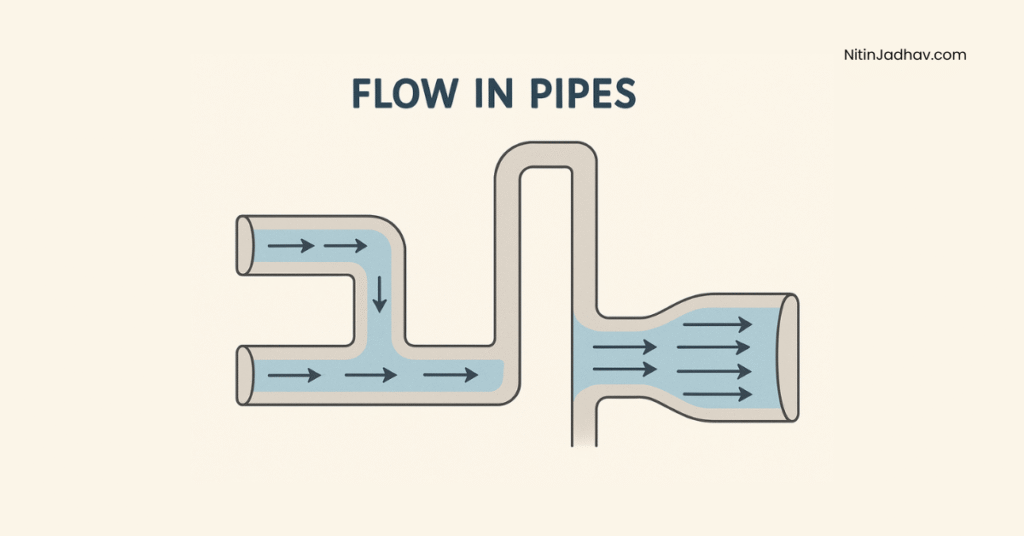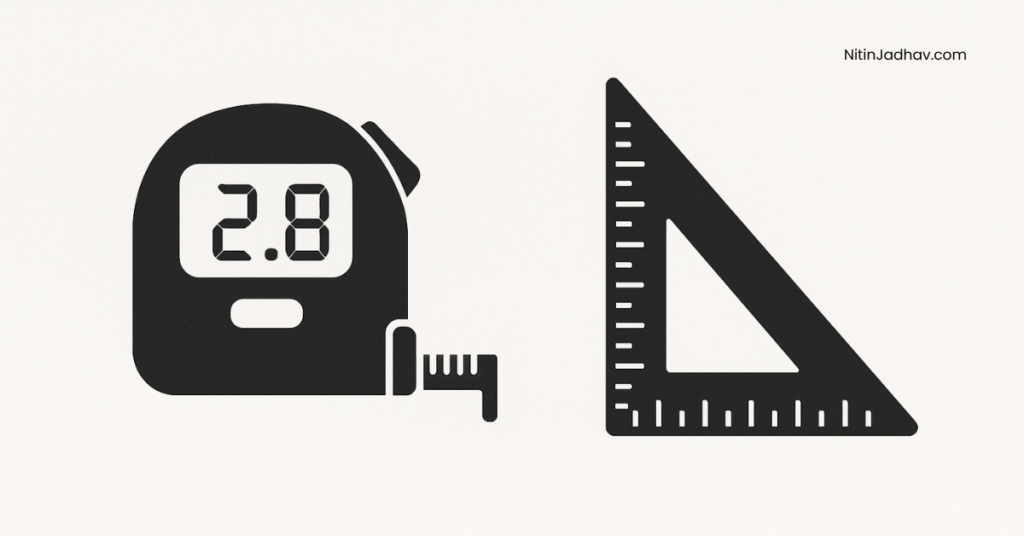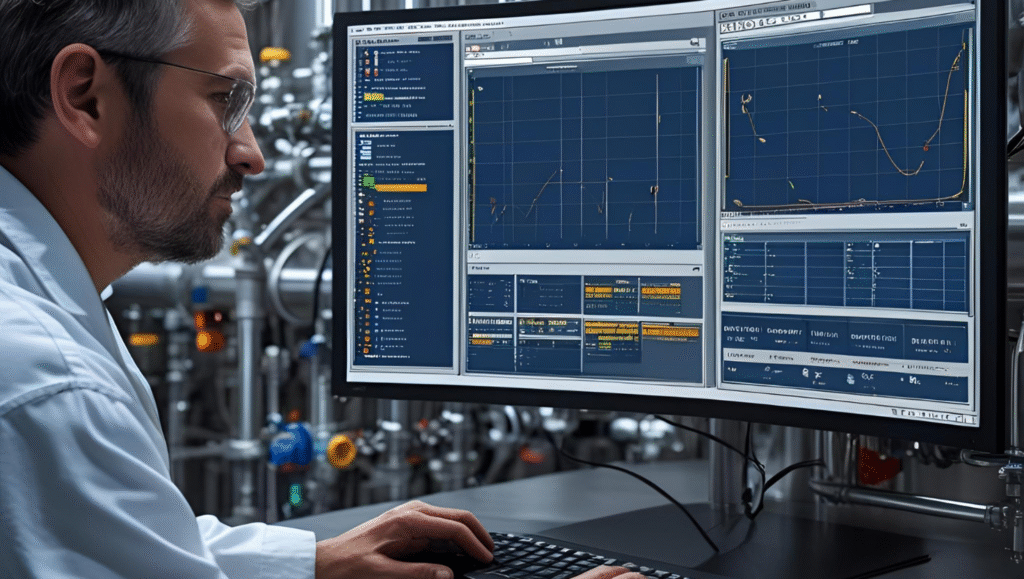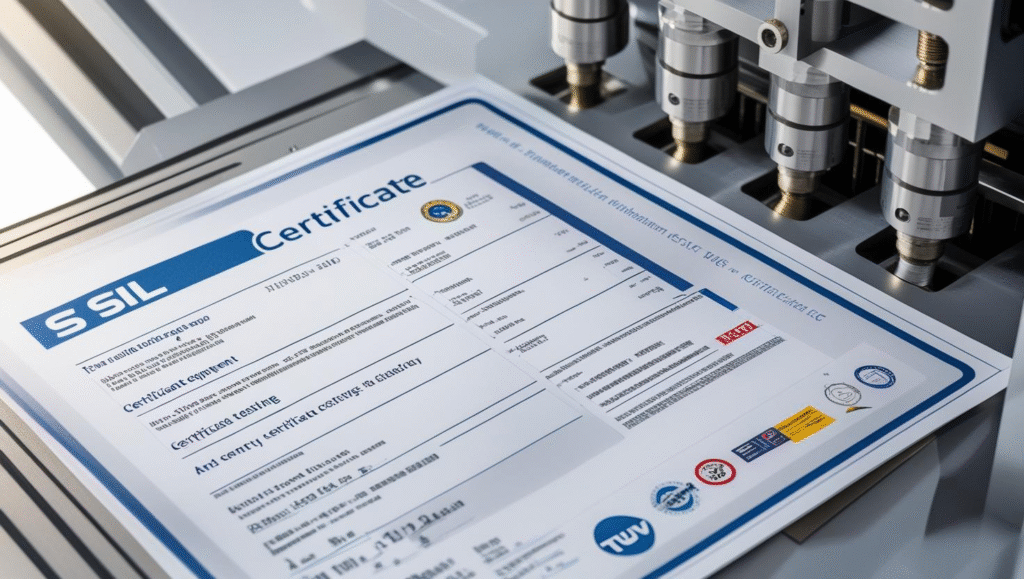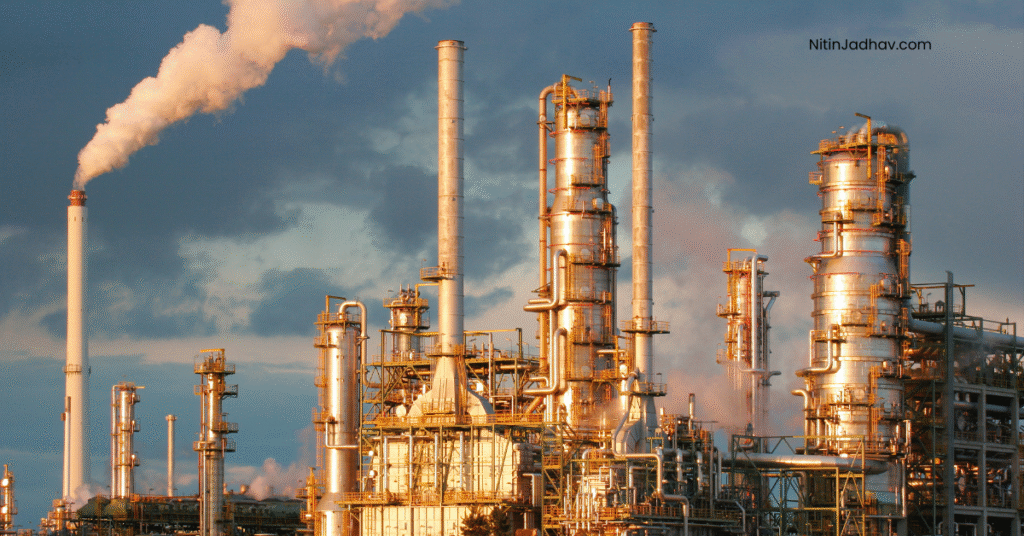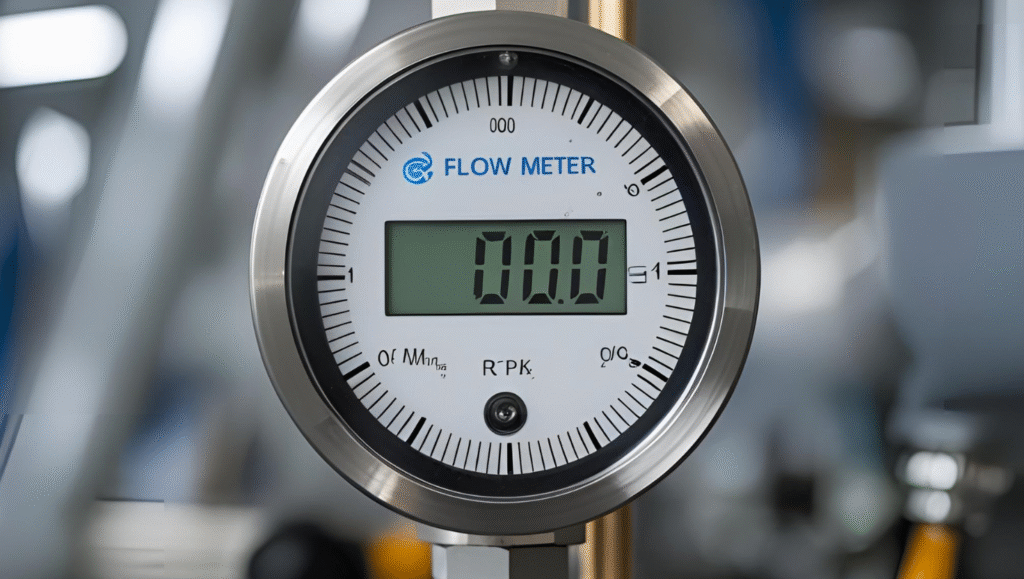Top 100 Life-Changing Books for Entrepreneurs – Business, Habits, Money & Growth
Book Recommendations, Business & Startups, Finance & Wealth, Personal Development, Productivity, Recommended ReadsA handpicked list of the top 100 must-read books for entrepreneurs covering business growth, personal development, digital marketing, communication, finance, and mindset. Start transforming your life with the wisdom of the world’s top thinkers.
Top 100 Life-Changing Books for Entrepreneurs – Business, Habits, Money & Growth Read Post »

